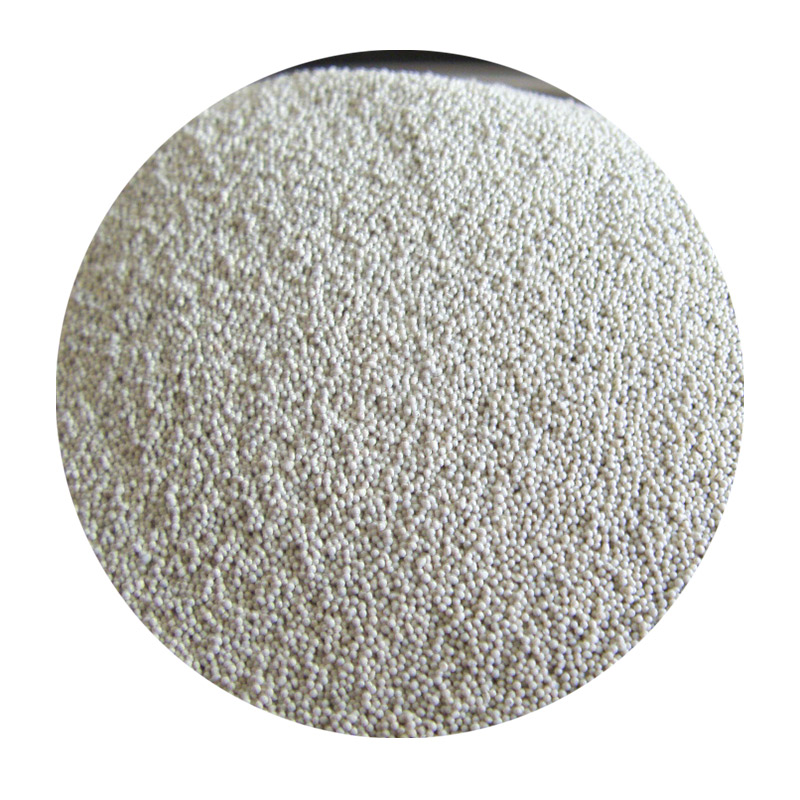The Pricing of Resin Coated Sand Understanding the Factors at Play
In the modern industrial landscape, resin coated sand has emerged as an essential component in various manufacturing processes, particularly in the casting industry. The price of resin coated sand is influenced by a myriad of factors, ranging from raw material costs and production methods to market demand and technological advancements. This article delves into these factors to provide a comprehensive understanding of the pricing of resin coated sand.
What is Resin Coated Sand?
Resin coated sand is a type of sand that has been treated with thermosetting resins to enhance its properties. This treatment improves the sand's strength, durability, and ability to withstand high temperatures, making it particularly suitable for metal casting processes. The resin coating provides a strong bonding capability and minimizes the chances of defects during the casting process, such as sand burn-on and veining.
Key Factors Influencing Prices
1. Raw Material Costs The primary raw materials used in producing resin coated sand include silica sand and various resins. Fluctuations in the prices of these raw materials directly impact the overall cost of the final product. For instance, when the price of petroleum rises, it generally results in an increase in resin costs, which can subsequently inflate the price of resin coated sand.
2. Production Techniques The method employed in producing resin coated sand can also influence its cost. Conventional mixing processes may be less expensive but could result in lower quality products compared to advanced methods like the cold box process or shell core technology, which involve higher upfront investment and operational costs. Manufacturers often pass these costs onto consumers, leading to variance in pricing.
resin coated sand price

3. Market Demand The demand dynamics in the casting industry significantly affect resin coated sand prices. In periods of high production activity, such as during economic booms or increased vehicle production, the demand for high-quality casting materials rises, leading to higher prices. Conversely, during economic downturns or reduced manufacturing activity, demand—and subsequently prices—tend to fall.
4. Geographical Variations The location of both suppliers and consumers plays a crucial role in determining prices. Regions with abundant natural resources and manufacturing capabilities may enjoy lower prices due to reduced transportation costs and competitive manufacturing processes. In contrast, regions that rely on imported materials may face higher prices due to logistics and tariffs.
5. Technological Innovations Advances in technology can also impact the pricing of resin coated sand. For instance, developments in production techniques that enhance efficiency and reduce waste can lower the overall cost of production. Companies that adopt new technologies may offer lower prices while maintaining or even improving product quality, which can influence market competition.
6. Environmental Regulations Growing environmental concerns and regulations can lead to increased production costs for resin coated sand manufacturers. Compliance with environmental standards may require significant investments in cleaner technologies and waste management processes, which can be reflected in the prices of the products.
7. Global Economic Factors Economic trends such as inflation, currency fluctuations, and trade tariffs can significantly impact resin coated sand prices. For example, a strong local currency might make imports cheaper, while trade tariffs could drive prices up for imported raw materials, thus affecting the overall pricing structure.
Conclusion
The price of resin coated sand is influenced by a complex interplay of factors ranging from raw material costs to market conditions and technological advancements. For businesses involved in the casting industry, understanding these influences is vital for making informed purchasing decisions and strategic planning. As the industry continues to evolve with technological innovations and changing market demands, keeping an eye on these price determinants will be crucial for maintaining competitiveness and profitability.
Post time:Rhag . 12, 2024 09:56
Next:sanding resin 3d prints
